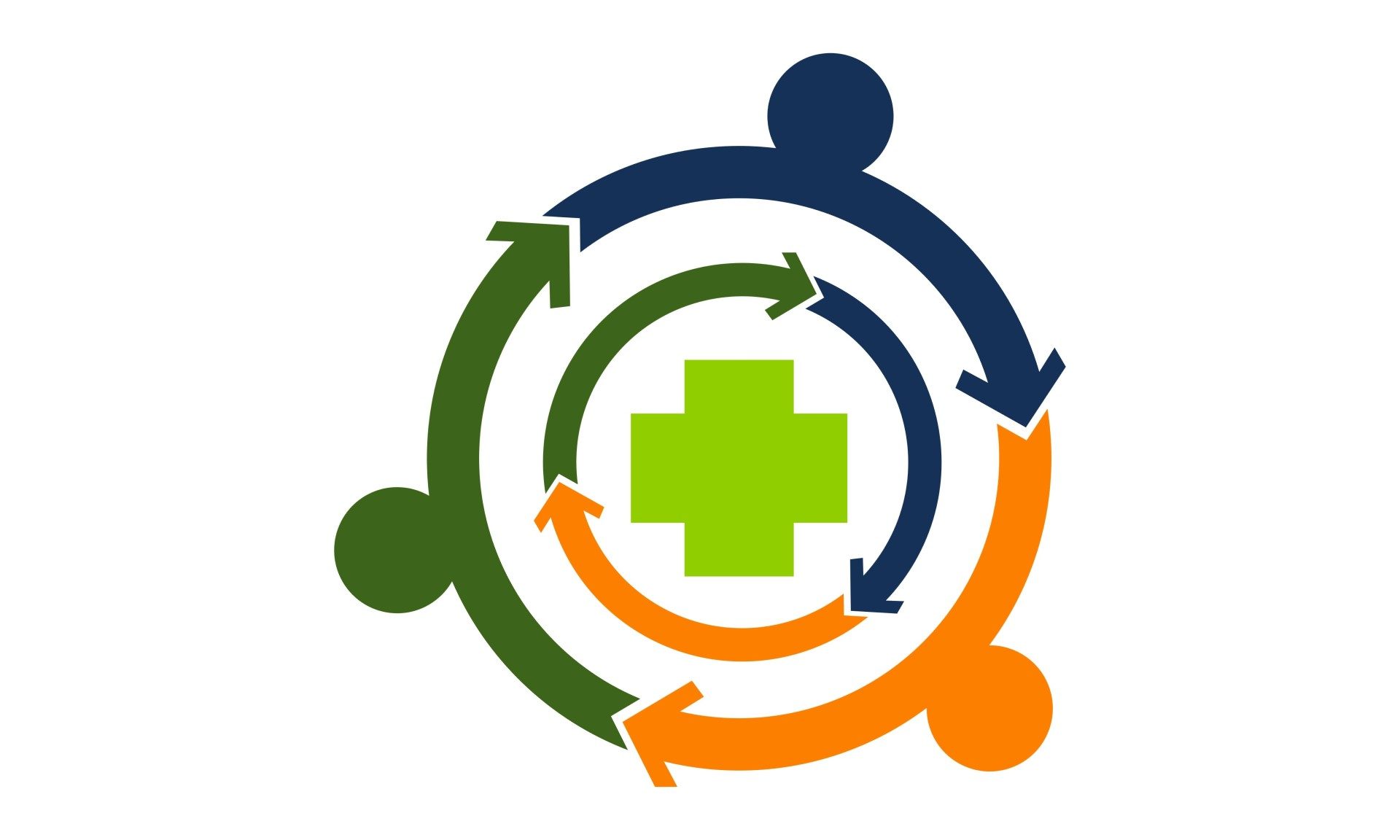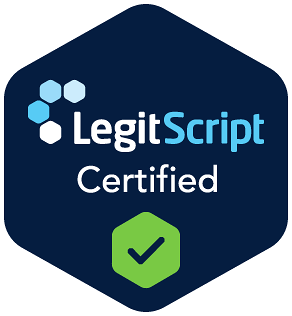Our dedication lies not just in treating symptoms but in addressing the root causes, offering a holistic approach that integrates the best of therapeutic practices with the warmth of community support.
What is the Continuum of Care in Addiction Treatment?

Understanding of addiction treatment has undergone many evolutions since the beginning of structured treatment. How do we know what level of treatment a patient requires—as well as perhaps what services they do not? These questions have helped shape the concept of a continuum of care in addiction treatment.
What is the Continuum of Care?
The continuum of care is a frequently used term in addiction treatment. While professionals in the space understand it quite well, potential patients or family members may find themselves a bit lost at what the term means. Admitting yourself or a loved one into treatment can be a difficult and stressful time. Learning as much about the steps of treatment can go a long way towards instilling confidence.
The continuum of care specifically refers to a “treatment system in which clients enter treatment at a level appropriate to their needs and then step up to more intense treatment or down to less intense treatment as needed.” The ASAM—or American Society of Addiction Medicine has established 5 levels in the ASAM continuum of care. The levels of care are as follows:
0.5 – Prevention/Early Intervention
The prevention and early intervention step is largely focused on supporting individuals who have risk factors related to abuse or who have been involved in circumstances that merit an assessment of whether they have a substance use disorder. This “level” 0.5 is not a treatment level per se, the ASAM levels begin with early intervention/prevention because it serves to get people into the system. A commonly cited example of this service in action would be a person receiving a DUI who would then be required to undergo substance education and completion of a program.
1 – Outpatient Care
Level 1 services address various facets of an individual’s lifestyle and behavior which greatly impact their desire to use substances and a strong emphasis on counselling and mental health services to promote entry into recovery. What sets this level apart from others is primarily the number of contact hours a patient will have per week. For adults this would be less than 9 hours of contact per week and for adolescents less than 6. This level of offered in Encore’s General Outpatient Program (GOP).
2 – Intensive Outpatient/Partial Hospitalization
Patients in this level of treatment will be admitted to a program, such as Encore’s Intensive Outpatient Program (IOP) o Partial Hospitalization Program (PHP). IOPs are greater than or equal to 9 hours a week for adults and 6 hours weekly for adolescents. PHPs are greater than or equal to 25 hours weekly in a structured program. Encore’s PHP provides intensive treatment from Monday-Friday, 10am-4pm and our IOP is offered 3, 4, or 5 days a week, with options for morning or evening services. These programs are designed to allow patients to take full advantage of their existing support systems at home or through social groups they are a part of while staying engaged in a time-intensive treatment program in their community.
3 – Residential/Inpatient Treatment
Residential or inpatient treatment is defined by patients being in a 24-hour live-in setting. These facilities are staffed at all hours of the day and many services such as individual and group therapy are offered in house. Most importantly, level 3 care is defined by higher intensity care and clinical monitoring. Clinical monitoring and management are key services offered at this level of care by licensed facilities.
4 – Intensive Inpatient
Intensive inpatient care is marked by patients who require extensive emotional, physical, and behavioral care that indicates that nursing and medical care take on primary importance. Typically, these patients have just recently detoxed or may even be detoxing in facility. Ensuring patients physical and medical wellbeing is crucial at this step so that they can move onto taking their first steps in recovery.
Each level of care provides an important services or services on the continuum. ASAM criteria will determine where a patient will best be served along the spectrum of treatment offerings. Naturally, higher levels of care require greater contact hours and commitment to getting better. As referenced in the beginning of this post, when people think about rehab, they tend to skip right to level 4—intensive inpatient treatment, but in reality, there are many options for treatment depending on each person’s needs and condition.
The Continuum of Care and Post Treatment
The continuum of care should ideally account for all levels of treatment, and even some post-treatment considerations. Remaining in treatment long-term, and staying in engaged in the continuum of care is important for maintaining sobriety and recovery. Individuals who discover a sense of routine and balance through the structure that treatment and therapy provide can still benefit from those things by remaining a part of the recovery community.
For example, Encore Outpatient services provides
- Discharge planning
- Psychotherapy or individual counseling
- Life skills, Vocational and Academic coaching
- Alumni programming
And more!
Just as detox is a crucial step for some individuals, so too are the last steps which can be a foundation for longstanding habits that can help maintain recovery. Just because a patient has completed a program does not mean they cannot benefit from certain post-treatment services to help them stay in recovery.
If you have questions about the continuum of care or Encore’s program offerings, contact us today and we would be happy to assist.
Let Us Support You On Your Recovery Journey!
Copyright 2025 Encore Outpatient Services | All Rights Reserved



